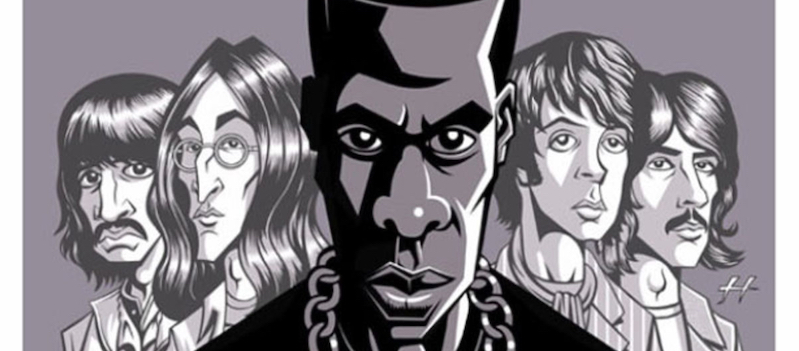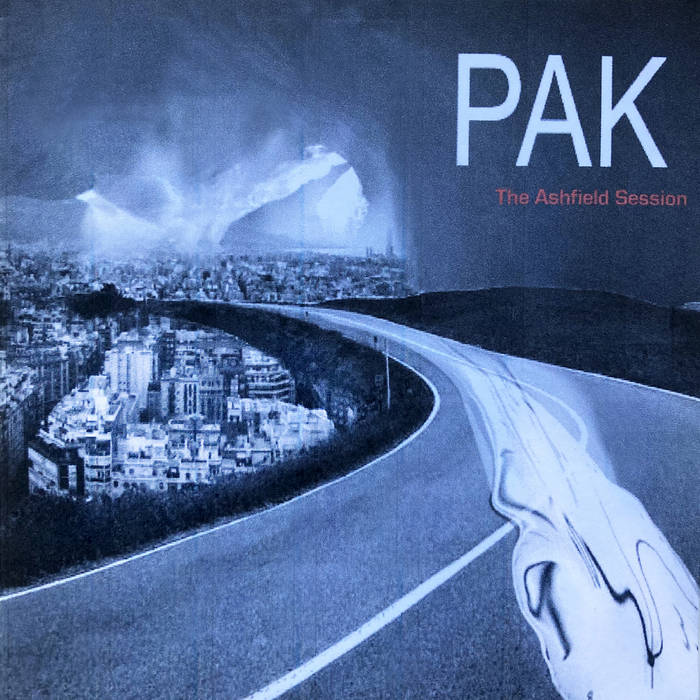For the sake of context, let’s refresh our memories.
Last month, EMI launched a cease-and-desist campaign against The Grey Album, Danger Mouse’s ambitious though highly unauthorized document that cuts up and remixes The Beatles’ The White Album to serve as an aural backdrop for vocal tracks from Jay-Z’s The Black Album. The label’s attempt to silence the record, however, sorely backfired and, as scores of websites offered MP3s of the work in a kind of unified protest, news agencies the world over launched it into the limelight as the latest front in the war over copyright law.
As an arguing point in a fiery debate, The Grey Album is, without a doubt, incredible source material. Though working in the familiar remix and mash-up tradition, it becomes instantly bombastic and controversial by mining the sounds and spirit of one of the 20th century’s most noted group of pop icons. But how does it fare musically? For the most part, really, really well.
Danger Mouse’s shade of grey is frequently more reliant on the black of Jay-Z’s vocals than it is on the oft-imitated instrumentation of The Beatles, but The Fab Four play a much more central role than dismissive sample-crazed DJs or closed-minded mainstream critics may expect. The 12 tracks on The Grey Album do more than sample highlights from The Beatles’ late-1960s oeuvre; every kick, snare, and chord, as the record’s liner notes proudly declare, is pulled from The White Album, and they’re pulled and manipulated with surprising ingenuity and care.
The best track of the dozen comes in “What More Can I Say,” which lays Jay Z’s rapped ruminations about bringing his career to a close over the familiar sway of “While My Guitar Gently Weeps.” While Jay-Z’s delivery gives the song that’s cut up behind it a distinct punch and venom, Danger Mouse also bulks up the rhythm section of McCartney and Starr, bending a bottom-heavy kick drum into hip-hop syncopation and forcing every beat to sound as if it’s punching its way right through your speakers. The chorus, where Lennon and McCartney are given voice (literally) over the song’s trademark piano line, proves that Danger Mouse is doing more than just stumbling along here or waxing clever. The frighteningly well-produced juxtaposition makes Jay-Z’s words sound increasingly plaintive and, at times, downright mournful and it also makes The Beatles feel edgy and alarmingly fresh.
In “Encore,” Danger Mouse pulls off similar feats, using the choppy guitar-and-bass rhythms of “Glass Onion” and “Savoy Truffle” to provide the backbeat. In early verses, Lennon sounds as if he’s urging on Jay-Z, repeatedly shouting “Oh yeah!” as the rapper works his way through the verses. “December 4th” (which loops the acoustic guitars and crafts throbbing bass numbers out of “Mother Nature’s Son”) and the spacey, wandering “My 1st Song” (which samples “Can You Take Me Back” and “Savoy Truffle”) are other highlights, moments where The Beatles’ music almost seems to instinctively fit with Jay-Z’s delivery.
The diversity of the mixes on The Grey Album also is a testament to how carefully Danger Mouse has cut and pasted together his unauthorized sonic pastiche. “Allure,” which uses “Dear Prudence” as its foundation, has a lazy swing to it that verges on reggae, but positioned only a few songs away from it is the incredible “99 Problems,” where the infamous guitar stabs and cuts of “Helter Skelter” make Jay-Z sound like a demon fronting Boo-Yaa T.R.I.B.E. Even though his delivery feels right in line with “Allure,” the jagged composition that surrounds it makes Jay-Z sound all the more biting, which is an appropriate fit for a song that, at least in part, blasts racial profiling.
There are moments that are less a collision of the black and white than they are predominantly Jay-Z-focused remixes (“Dirt Off Your Shoulder” is incredibly juiced up and driving, but the soft shuffle of The Beatles’ “Julia” is buried deep, deep, deep behind a wall of pounding drums and hand-claps), but this only seems to add to the diverse texture of the album. And then there are tracks like “Moment of Clarity,” which makes the refrains of “Happiness is a Warm Gun” combine with Jay-Z’s lyrics into something markedly new, something that can’t be plainly traced back to the roots of either of its sources.
Academics who seek out the record will no doubt praise Danger Mouse for his ability, with few to no studio resources, to pull off an ambitious project while tapping the vast sonic resources of the almost entirely unsampled Beatles catalog. The DJ’s gray template works on many levels, though: it’s not a record solely for Jay-Z aficionados or Fab Four completists, it’s not only chum for sharks in the copyright battles or a reservoir of content to be tapped and translated by cultural critics. It’s a hip-hop record that takes the genre’s sampling traditions and carries them miles ahead by working on different levels and in several contexts and subtexts all at once.
Many of us may be left to wonder what John or George would think if they were alive to hear it (or what Paul or Ringo think, given that they are), or what the final fate of the record’s 12 tracks will be. No matter. Here’s to hoping this is one mouse who stays more dangerous than endangered. – Delusions of Adequacy, March 22, 2004




